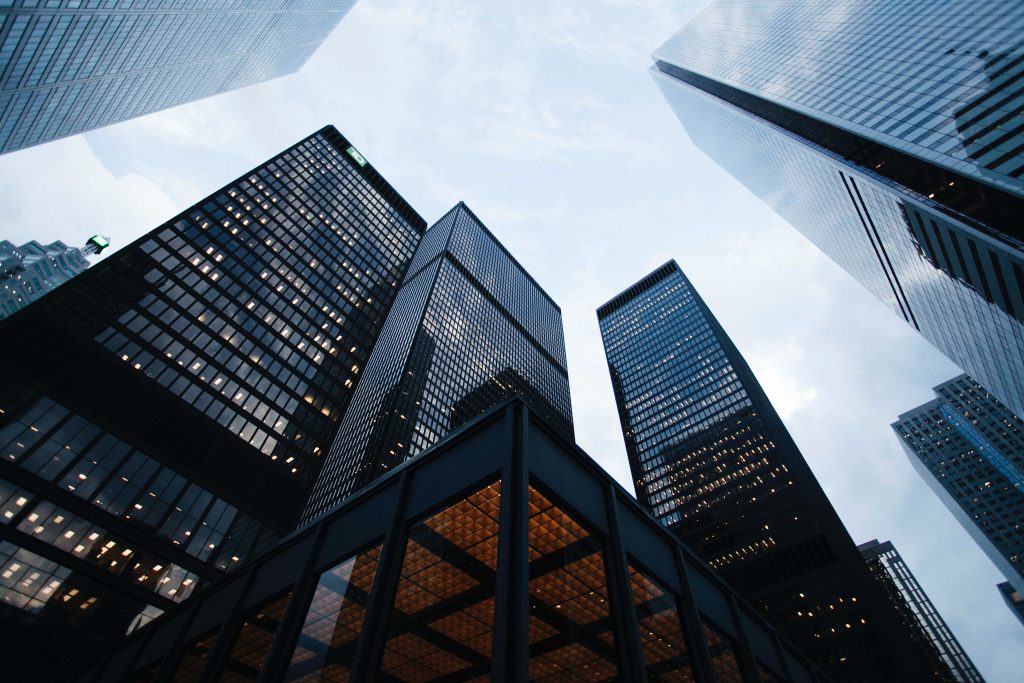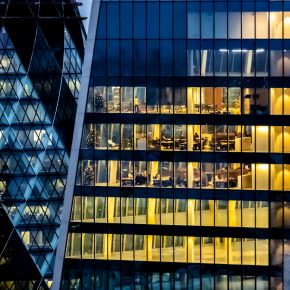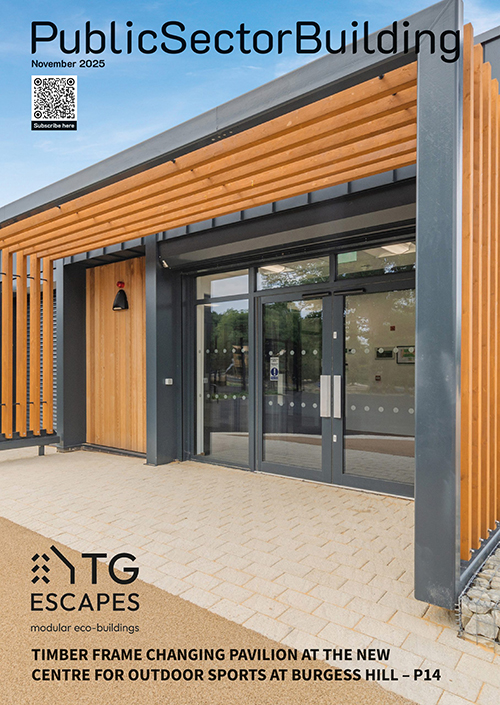A significant portion of emissions in the UK – around 25% – are attributable to the built environment. Considering that 80% of the buildings we will occupy in 2050 are already built, retrofitting existing spaces is vital to lower overall emissions. However, decarbonising the UK’s building stock presents a challenge for several reasons, including the complexity and cost of retrofitting and the need for significant technological upgrades. Rachel Lekman, from the Sustainability & Construction Team at Mitsubishi Electric, writes the following article…
But the path to net zero is more than just an environmental imperative; it represents a profound opportunity for the construction industry to innovate, adapt, and lead. And with actionable strategies and collaborative efforts, it is possible to drive the building industry forward.
To succeed, building and engineering organisations must consider several key approaches for their own operations as well as for their customers. By focusing on existing technologies, prioritising operational expenses, collaborating across the supply chain, and using advanced monitoring systems, the construction industry can make significant strides towards achieving net zero.

The critical role of standards and legislation
Developing a unified system of standards and legislation is essential for the construction industry to reach net zero.
September sees the launch of a pilot version of the UK Net Zero Carbon Buildings Standard, which is is the UK’s first cross-industry standard, and is designed to bring together net zero carbon requirements for all major building types, based on a 1.5°C trajectory.
The work to develop this involves leading organisations including BBP, BRE, the Carbon Trust, CIBSE, IStructE, LETI, RIBA, RICS, and UKGBC who have all have joined forces to champion this initiative.
One unified and agreed standard helps prevent businesses from merely paying lip service to environmental goals and will provide a clear, agreed-upon framework for construction companies to aim for.
The standard has learnt lessons from other standards across the globe, including NABERS, which originated in Australia, but which has been administered in the UK by CIBSE since April of this year.
Empowering the construction sector with existing technologies
The journey to net zero does not hinge on a futuristic ‘silver bullet.’ Technologies like heat pumps, which can make substantial progress, are already available. Heat pumps are highly efficient, transferring more energy than they consume, and can offer significant energy savings. They also reduce greenhouse gas emissions by using electricity instead of fossil fuels and provide both heating and cooling, enhancing their versatility and year-round utility.
So, the focus should be on developing the knowledge and expertise needed to effectively integrate these technologies to retrofit buildings. However, the perceived high initial costs can be a barrier to the installation of these technologies. This mindset can hinder the adoption of energy-efficient solutions essential for achieving net zero targets. So, it’s important to focus on long-term operational benefits rather than looking at short-term financial costs and focusing on direct capital expenditure.
One crucial aspect is prioritising operational expenditure (OPEX) over capital expenditure (CAPEX). OPEX refers to the ongoing costs of operating and maintaining a building, whereas CAPEX involves the initial costs of construction and major equipment. By focusing on OPEX, it is easier to see the total lifecycle cost of a building – and the savings that will be made – rather than just the initial budget. Investments in energy-efficient technologies and systems may have higher upfront costs but lead to significant savings and reduced environmental impact over time, contributing to long-term sustainability.
HVAC monitoring can reduce energy usage
HVAC monitoring is another strategy that can help to reduce energy use in commercial buildings. These systems work by collecting data on the energy consumed by HVAC equipment alongside other components such as temperature and humidity. In doing so, they continuously track and report on energy consumption and performance. This allows building owners and managers to identify and analyse areas of high energy usage and take steps to actively reduce them – whether by optimising existing equipment or upgrading to energy-efficient alternatives.
Modern energy monitoring platforms can also record the energy consumption of third-party equipment alongside HVAC equipment, allowing for a wider overview of energy usage in a building. This can then be displayed on an energy dashboard, allowing building owners and operators to monitor and compare the energy consumption of multiple buildings by ranking their usage by kW per hour per building size or by the number of temperature or consumption alerts.
Monitoring also allows operators to compare energy consumption between buildings, floors, rooms, and individual HVAC units – from room by room to entire estates. Using this data, the monitoring platform can help prevent single or multiple systems within a building from exceeding set temperature points, reducing energy wastage—for example, in a meeting room or shop floor where the heating or cooling has been left on overnight. Certain models can also limit units to cooling only in the summer and schedule these units to reduce or shut off operations during quieter periods or when unoccupied.
An increasing number of monitoring platforms also operate via the Internet of Things (IoT), meaning these systems can be operated and monitored remotely from mobile, PC, or Mac devices. This means building owners and managers can manage system performance anywhere globally.
Collaboration and support across the supply chain
It’s important to remember that, even with all the technology available to retrofit buildings, achieving net zero remains a collective endeavour that requires collaboration across all levels of the supply chain. No single entity – a person, company, government, or country – has the ‘answer’ to the climate crisis. Public and private organisations must work together and share their knowledge and experience to effectively approach net zero targets.
Addressing the cost implications of net zero, especially during a cost-of-living crisis, is crucial. Commercial businesses need carbon-reducing options to be the most cost-effective if they are to be embraced, which is where changes in planning and regulations can help.
Larger companies are increasingly examining their supply chains to identify SMEs and understand what support they need to join the net zero journey. So, strategies must be inclusive, helping even the most resource-constrained clients, such as those facing significant retrofit challenges in existing buildings.
Through innovation, adaptation, and collective action, the construction industry can lead the way to a sustainable and net zero future. By integrating efficient technologies like heat pumps and leveraging advanced HVAC monitoring systems, building owners and managers can significantly reduce the carbon footprint of existing stock, making a lasting impact for future generations.




